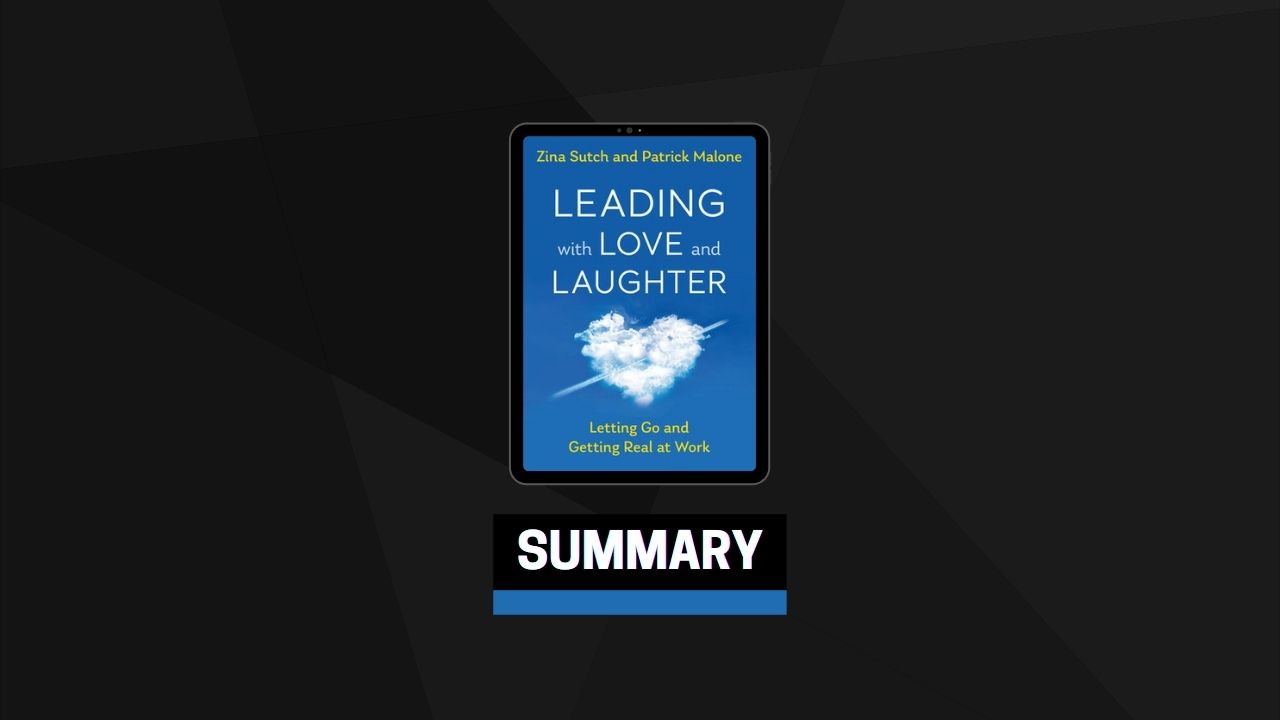Love is the Answer
Love recognizes no barriers. It jumps hurdles, leaps fences, penetrates walls to arrive at its destination, full of hope. —Maya Angelou
Love matters. It matters because with all that we have learned with respect to phenomenal leadership approaches, models, and philosophies, we still fail. Organizations still have toxic work environments, and pompous leaders unintentionally or even intentionally insult those they lead.
The workforce is anxiety-ridden, lonely, and frightened. The latest leadership reports published by organizations that we all know the names of never mention the word love. Anywhere. When we fail to recognize the human need and capacity to love, we fail as leaders. Love is the crucial component in our lives, and our very survival depends upon its presence. In a perfect world, love abounds. Why not in the world of leadership?
The Love Behaviors
We have to be able to look in the mirror in the morning and like what we see. Actually, love what we see, with all of our faults, imperfections, and scars. Leaders who are comfortable with self have the strongest foundation for leadership possible. This is why it is not possible to certify one’s self into leadership. All of the great programs in the world, degrees, certifications, licensures, cannot fix a broken self, a self with no love.
When leaders begin with a foundation of authentic love for self, it is much easier to share love with others. Leaders like this are the real deal.
Because they were their true selves, they were able to impact those they led and all of those around them. They led with love. You could too.
So, Try This
- Think about the work-related documents that tell others what your organization is about. Do they explicitly mention love?
- Listen closely to the conversations you witness in the workplace. Think about how many of them you would characterize as exchange-based versus human-based.
- When was the last time you exhibited empathy to someone who worked for you? Was it in person? Emails don’t count! Did you feel a genuine love for that person, or was this a professional encounter? Were you checking a box, or was it real?
Why Laugh?
Maybe the Egyptians foretold something we finally understand: laughter is a good thing. Like love, laughter is a crucial component for social connection. It brings together the most disparate of individuals, bonding us in a collective smile. If you think love is missing from the know-it-all theories of leadership, try doing a word search on the words fun or joke or laugh. Don’t hold your breath.
When we laugh, we unleash physical, mental, and chemical reactions that help us cope with even the most difficult workplace. The result is clearer thinking, more innovation, and teams ready to tackle anything that comes their way. When it’s fun, it’s not work. And that’s cool.
So, Try This
- Keep a log of how often you laughed in a twenty-four-hour period. Distinguish between incongruity, relief, and superiority. How did you do it, and what do you think this tells you about yourself and your relationship with laughter?
- Take a look at work documents like mission statements, values, and team norms. Is the word fun anywhere? What about that leadership philosophy? See it there? Consider why not.
- In a moment of honest self-awareness, think about what you would use as self-deprecating humor. How vulnerable are you willing to be? Can you be humble? Try it sometime.
The Laughter Behaviors
Those who subscribe to strict, turgid work environments with no humor are fashioning organizations with little chance for real creativity, along with teams far more prone to utilizing excessive amounts of sick leave, job burnout, and turnover. Laughter in the workplace is the perfect antidote to workforces infected with the diseases of pride, competition, and distrust.
So, Try This
- Observe closely and count the number of times you hear laughter in the workplace in a given day.
- Ask your team to gauge your chill factor on a scale of one to ten (ten being in the super-chill Beatles music category). Think about what the results tell you.
- What was the last funny thing you said or did in the workplace? Was it in front of a group or in the safer confines of your office with only a handful of people? When was the last time you laughed while at work? Try it, if you haven’t.
You Have Permission—Now What?
Are we positive psychologists? No, but we play them on television.
In truth, we do subscribe to the tenets of positive psychology because we believe there is credence to the perspective that positivity is a constructive way to live. Productive too! It’s easy to focus on the negative. Think about it for a moment. When we turn on the television or go to the internet, most of the time we find bad news. Psychologists suggest that this is due to the inherent negativity bias residing in our brain. The brain reacts much more swiftly to danger, and by incorporating the protective measures resulting from negativity bias, we are able to survive.
Physically and psychologically, optimists fare far better than those with a more disconsolate outlook. Those with an encouraging attitude tend to be more balanced in their lives and are therefore able to deal with stress much more readily than their cynical counterparts. They also prove to be healthier.
Finally, positivity opens the door to love. It allows us to laugh, and it’s a demonstrably effective way to lead.
We are not claiming that love and laughter are a magic elixir (well, we are!). You will face doubters and cynics. You so will! Do you have the resolve? Is this a change you want to make? Are you willing? Is this a path you’re prepared to travel? These are questions you must answer. Why?
Because it is now your choice.


